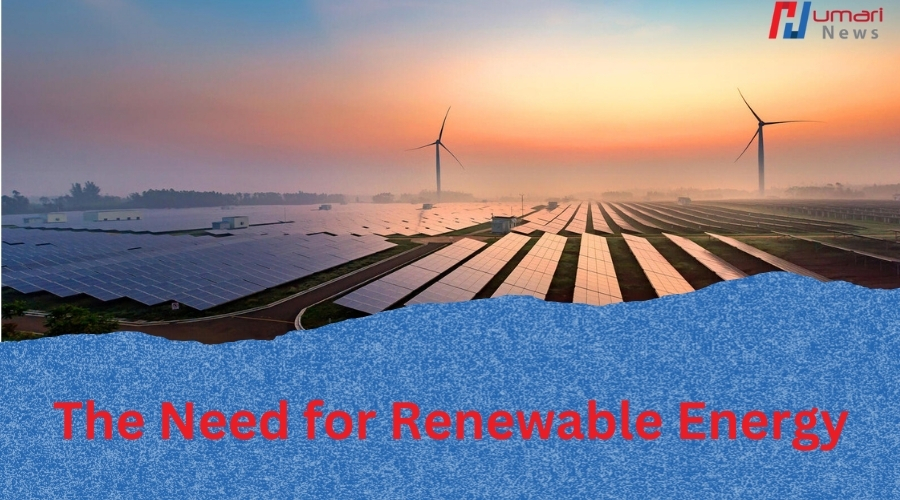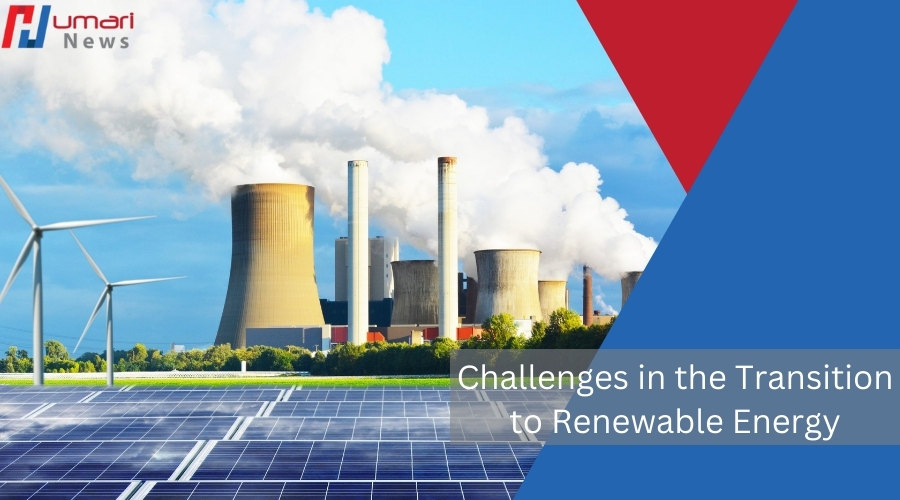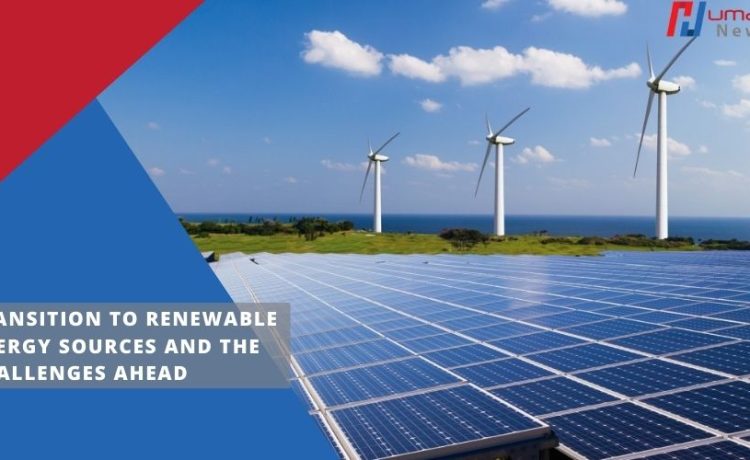The global shift towards renewable energy is not just a trend, but a crucial step in addressing the dual challenges of climate change and energy security. Renewable energy sources such as solar, wind, hydropower, and geothermal are seen as the most sustainable solutions to reducing greenhouse gas emissions and curbing the reliance on fossil fuels.
However, while the transition to renewable energy holds great promise for a cleaner future, it is also accompanied by significant challenges. In this article, we will explore the current progress, benefits, and obstacles associated with the transition to renewable energy sources.
1. The Need for Renewable Energy

The transition to renewable energy sources is driven primarily by two urgent factors: the fight against climate change and the growing global energy demand.
- Climate Change Mitigation: Fossil fuels like coal, oil, and natural gas are the main contributors to carbon dioxide (CO2) emissions, which drive global warming. The burning of these fuels for electricity, transportation, and industrial activities releases massive amounts of CO2 and other greenhouse gases into the atmosphere. Renewable energy sources, on the other hand, produce little to no emissions, offering a cleaner alternative for energy generation.
- Energy Security and Sustainability: Fossil fuel reserves are finite and concentrated in certain regions, leading to geopolitical risks, price volatility, and energy insecurity for many countries. Renewable energy offers the opportunity to decentralize energy production, increase energy security, and ensure long-term sustainability, as solar, wind, and other sources are inexhaustible and widely available.
2. Progress in Renewable Energy Adoption
In recent years, there has been significant progress in the adoption of renewable energy technologies. Many countries are investing heavily in renewable infrastructure, encouraged by declining costs and technological advancements.
- Cost Reductions: The costs of solar and wind energy have dropped dramatically over the past decade. According to the International Renewable Energy Agency (IRENA), the cost of electricity from solar photovoltaics (PV) has fallen by more than 80% since 2010, making it more competitive with fossil fuels. Wind energy has also seen substantial price reductions, particularly offshore wind projects.
- Increased Capacity: The global capacity of renewable energy has been growing at an impressive rate. Solar and wind power lead the way, with countries like China, the U.S., and those in Europe installing vast arrays of renewable energy facilities. In some countries, renewables are now the primary source of electricity.
- Government Policies: Governments are setting ambitious renewable energy targets as part of their climate action plans. For example, the European Union aims to achieve climate neutrality by 2050, with interim goals of 40% renewable energy by 2030. Similar goals have been set by countries like the U.S., China, and India, among others.
3. Challenges in the Transition to Renewable Energy

Despite the progress, the transition to renewable energy is fraught with several challenges that must be addressed to achieve a sustainable and comprehensive energy shift.
a. Intermittency and Energy Storage
One of the primary challenges of renewable energy sources, particularly solar and wind, is intermittency. Solar power can only generate electricity when the sun is shining, and wind turbines rely on wind availability. This unpredictability creates issues with energy supply consistency, especially during periods of high demand.
To overcome this, the development of energy storage technologies such as advanced batteries is critical. Energy storage allows excess energy generated during peak production times to be stored and used later. While technologies like lithium-ion batteries have made strides, large-scale, cost-effective storage solutions are still needed to fully integrate renewables into the grid.
b. Grid Infrastructure and Integration
The existing energy grids in many countries were designed for centralized fossil fuel power plants and are not well-suited for decentralized and variable renewable energy generation. Transitioning to renewables requires upgrading grid infrastructure to accommodate distributed energy sources and ensure stable electricity supply.
Smart grids and grid modernization efforts are essential to efficiently manage the flow of electricity from diverse and geographically dispersed renewable sources. Investments in transmission lines, grid flexibility, and demand response systems are needed to enhance the reliability of energy systems powered by renewables.
c. Investment and Financing
While the costs of renewable energy technologies are decreasing, significant upfront investments are still required to build the infrastructure necessary for a large-scale transition. Developing countries, in particular, may struggle to finance renewable projects, as they face competing priorities such as poverty alleviation and basic infrastructure development.
Public and private sector financing, along with international cooperation, is crucial to ensuring that renewable energy projects receive the necessary funding. Governments can play a key role by providing incentives, subsidies, and favorable regulatory frameworks to attract investments in renewables.
d. Policy and Regulatory Challenges
Achieving a full transition to renewable energy requires comprehensive policy frameworks that support clean energy while gradually phasing out fossil fuels. However, in many regions, entrenched interests in the oil, gas, and coal sectors present significant barriers to policy reform. Political resistance, lack of long-term energy planning, and inconsistent policies can slow the adoption of renewable energy technologies.
Governments need to align their policies with their climate goals, ensuring that regulations support the rapid scaling of renewable energy projects, while addressing issues like job displacement in traditional energy sectors.
The transition to renewable energy sources is an essential step toward a sustainable and cleaner future. While the progress made so far is commendable, addressing the challenges of energy storage, grid integration, financing, and policy reform is critical to ensuring the success of this transition.
With continued innovation, investment, and political will, renewable energy can play a leading role in the global energy mix, reducing dependence on fossil fuels and helping to mitigate the impacts of climate change.







